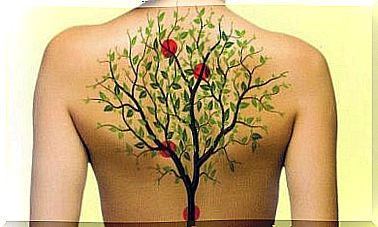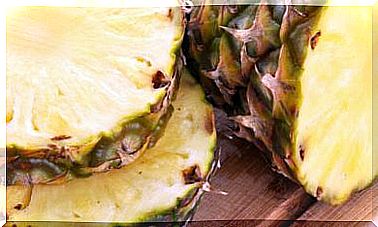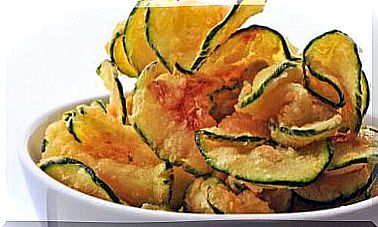Red Fruits And Vegetables: Their Nutritional Value And How To Include Them In Your Diet
From tomato to radicchio, red fruits and vegetables are excellent sources of vitamins, minerals and antioxidants. In this article, we’re going to introduce you to the health benefits of 12 red varieties.
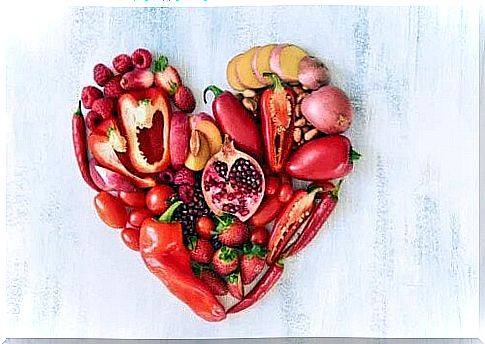
Trying to make a dish look like a rainbow is not only a game, it’s good for your health too. Those who include green, white, yellow or red fruits and vegetables in their diet provide their bodies with a wide variety of nutrients.
Experts have been studying this topic for a long time, trying to figure out what each variety of them has to offer. In the following article, we will focus on red foods: a color that fills us with energy and vitality.
Red fruits and vegetables: their composition and benefits
Natural pigments are responsible for the color of fruits and vegetables. In addition, science is interested in their presence in diet, as they can have beneficial effects on the body. Lycopene, anthocyanins, beta-cryptoxanthin and beta-cyanines are mostly found in red foods.
In particular , there appears to be a link between the consumption of carotene, which contains red fruits and vegetables, and a lower risk of lung and prostate cancer. Much remains to be explored in this regard. But the first studies in this regard are promising.
Furthermore, carotenoids play a fundamental role in the development of neurological health as they are found in abundance in the brain. Carotenoids and their anti-inflammatory and antioxidant effects can prevent the development of neurodegenerative diseases.
They are also related to improved night vision and eyesight in general. In addition, they are less likely to develop age-related health problems such as macular degeneration.
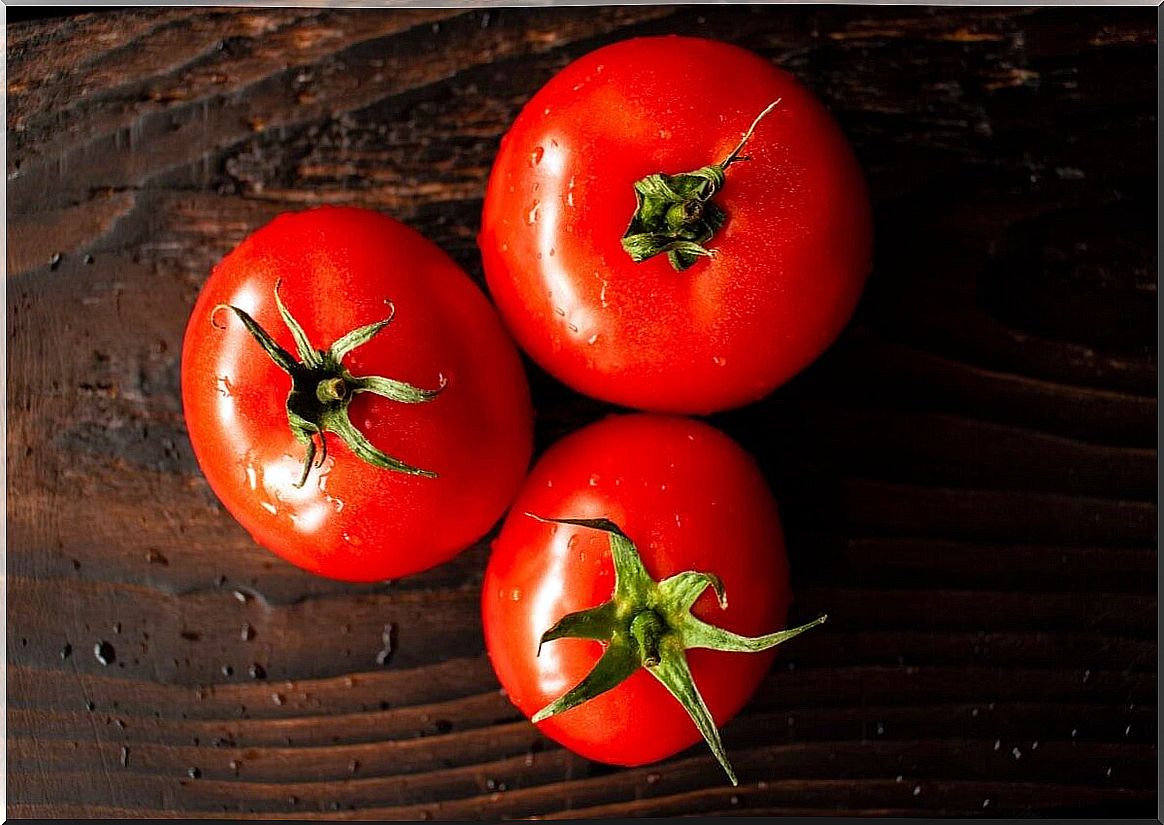
12 types of red vegetables and fruits and their respective benefits
The nutrition guides of many countries already include a variety of colors in their diets. To give your dishes a touch of strength and vitality, you can choose from the 12 red foods presented below.
1. Tomatoes
The first thing that surprises us when we talk about tomatoes is that it is a fruit that you eat like a vegetable. Originally from South America, it is known all over the world today with a wide variety of sizes and shapes.
Due to its taste, it can be combined very well with other foods and provides large amounts of vitamin C, potassium and lycopene. The latter is also found in high concentrations in tomato paste and ketchup.
2. Red pepper
Another fruit that originated in America and has spread all over the world is the bell pepper. It is a type of berry and is hollow inside. Its edible varieties have been modified to be meatier and softer.
There are also green and yellow peppers, but the red one has the greatest concentration of beta-carotene. It is also rich in vitamins C, B6, folic acid and antioxidants.
3. Beetroot
The stem of the Beta vulgaris plant has been consumed since prehistoric times. Betaine stands out among its pigments, as it can cause the cooked food to discolour.
Their high natural sugar content is often used to make sweet recipes such as cakes or syrups. However, one should keep in mind that consuming beetroot juice can have some negative effects as it increases the concentration of nitrates, which in turn can stimulate abnormal cell growth.
4. Chili
The chilli belongs to the same family as the red pepper, but is smaller and hotter. However, its small size shouldn’t be confusing: in fact, it’s a real nutritional treasure.
Chili peppers contain a large amount of vitamins C and A. In addition, one of their characteristic components (capsaicin) has a pronounced analgesic effect.
5. Red onion
There are hundreds of varieties of this vegetable. In one of them, the outer layers are colored by the plant dyes anthocyanins . This is the red onion, although it often loses its color when cooked.
Although it can be eaten raw, it is very suitable for caramelizing or for making jams and chutneys.
6. Radicchio
The radicchio belongs to the genus Cichorium , just like endive or chicory. It is characterized by its slightly bitter taste and is often used in pasta and risotto recipes. It’s a good source of vitamin K, as well as minerals like copper and manganese.
7. Red Swiss chard
This edible plant is characterized by its leaves and fleshy stems. The green variant is better known and more common, but some varieties contain betaine and are therefore red in color. Its cultivation has developed well in recent years.
8. Watermelon
It is the summer fruit par excellence: very light, moisturizing and a source of minerals such as manganese and potassium. It is an ideal dessert, but it can also be combined well with salty ingredients.
9. Grapes
The edible berries of the Vitis vinifera plant come mainly from Europe. Unlike the grapes used in winemaking , table grapes have a sweeter taste and grow in grapes with large berries.
Research on their red pigments, along with resveratrol and other phytonutrients, suggests that they can help maintain heart health and protect against aging and age-related diseases.
10. Strawberries
They come from a plant that is very easy to grow but can only be enjoyed in summer. They are harvested when they are ripe, and since they are vulnerable, they should be consumed within a few days. Strawberries are light and have excellent levels of fiber, potassium, and magnesium.
11. Cherries
Cherries are one of the most valued fruits for their natural sweetness, although there is also a variety with a sour taste. Both variants contain various antioxidants and polyphenols (beta-carotene, anthocyanins and flavonols) with possible anti-inflammatory effects.
12. Pomegranate
The Prunica granatum shrub produces a red fruit with a high nutritional value. Its shell is inedible and inside it contains the small, intensely colored seeds. These can be used to make juices or added to a variety of fresh dishes.
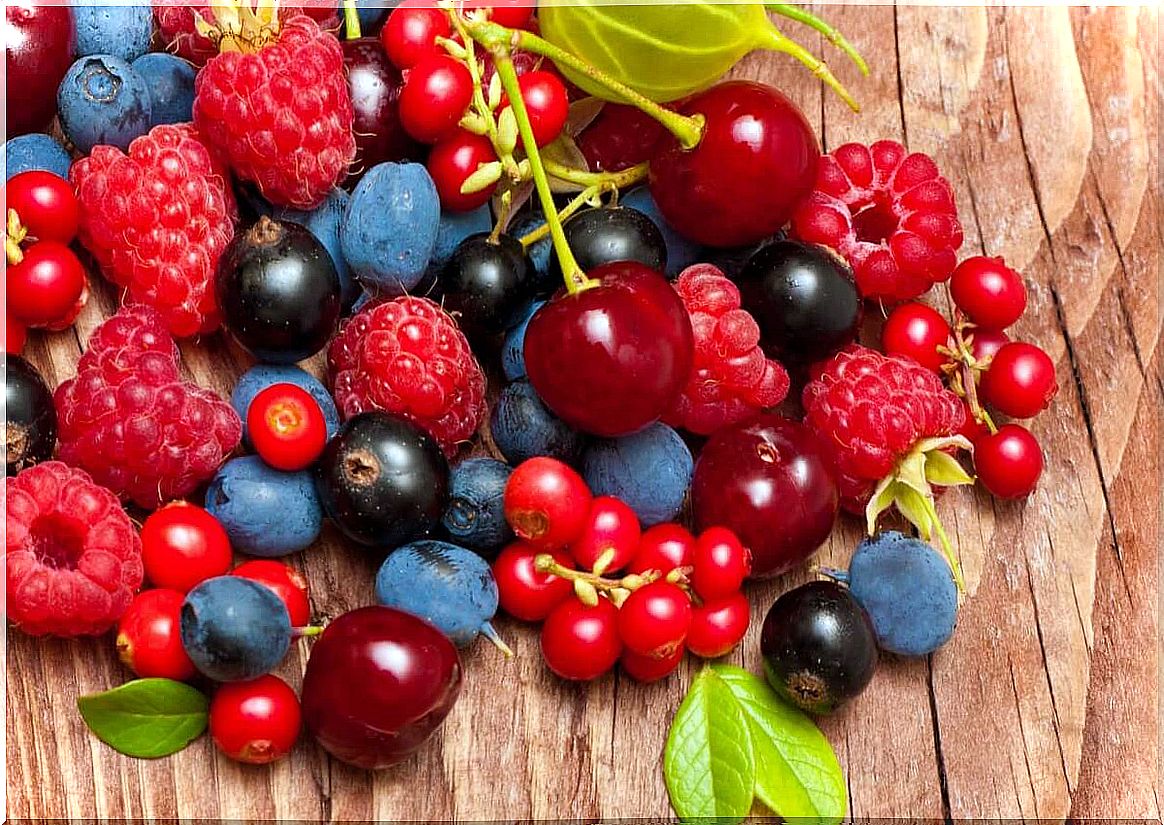
Tips for using red fruits and vegetables in the kitchen
One of the easiest ways to reap the benefits of red pigment is to eat fruits and vegetables of that color on a daily basis. There is a good selection of them so you can consume them all year round.
Aside from being eaten fresh as a dessert or snack, they can also be part of some preparations or recipes:
- Fruit shakes with or without milk
- Fruit and vegetable smoothies
- Salads with a sweet and crispy note
- Jams and compotes
The easiest way to use vegetables is to add them to salads. In this way, the body uses all nutrients, such as water-soluble vitamins and minerals.
There is no need to consume them all because variety is key here. Tomatoes, roasted red peppers, red onions or beetroot go well with green, yellow, orange and white vegetables.
But these red vegetables shouldn’t be eaten raw, as some of the pigments that give them color add to their effects from the heat of cooking. The addition of olive oil or another source of fat (for example avocados or nuts) increases their availability and absorption.
It is therefore best to prepare stews with tomatoes or homemade tomato sauce, roasted peppers or ratatouille, beetroot cream or a chard omelette. Don’t forget that some fruits, such as watermelon, are delicious if you grill them with a little oil and accompany them with a piece of hard cheese.
Eating red fruits and vegetables is important
Red fruits and vegetables such as beetroot, peppers, tomatoes, watermelon and cherries have positive effects on health and help prevent certain diseases.
But one type of food alone does not provide all of the nutrients you need. That is why it is necessary to include green, yellow, orange or blue pigments in the diet.
The vast majority of red foods come from fruits and vegetables. Their positive effects are well known and therefore it is recommended to eat 5 servings of fruits and vegetables daily.
Other food groups, such as proteins, whole grains, olive oil, and nuts, should not be missing. Also, don’t forget that variety is one of the keys to a successful healthy diet.



